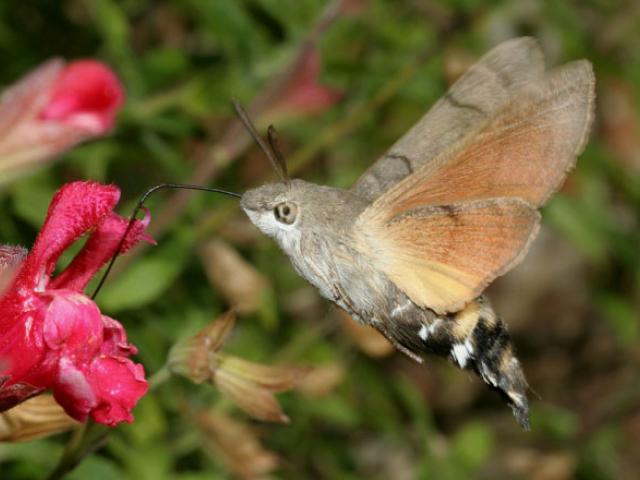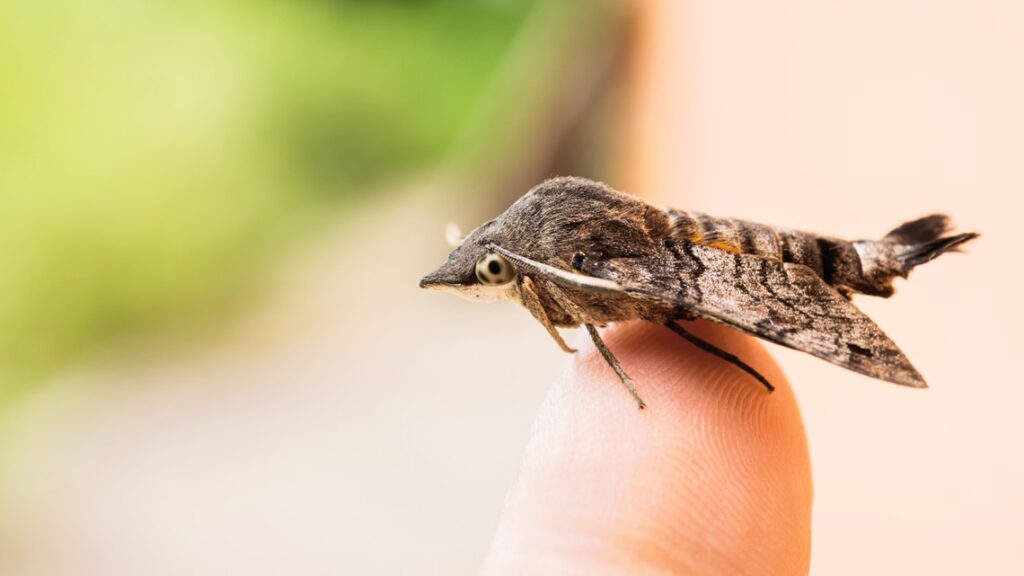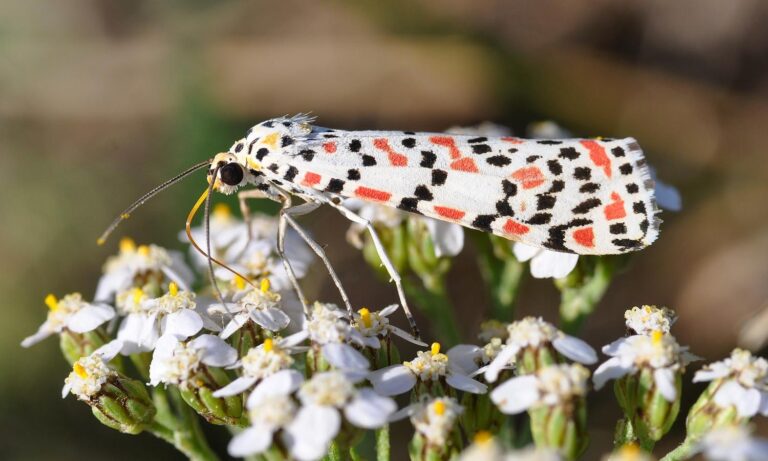Moths do not typically engage in long-distance migrations like birds or butterflies. However, some species exhibit seasonal movements, both diurnal and nocturnal, in response to changing environmental conditions.
Moreover, these movements are often driven by the search for suitable breeding or feeding grounds, adjusting to altitude changes, or caterpillar dispersal. While not true migrations, these behaviors demonstrate moths’ ability to adapt to their surroundings.
How do moths engage in diurnal movements?
Moths exhibit seasonal movements as a response to changing environmental conditions. These movements can be influenced by factors such as temperature, food availability, and mating opportunities.
For instance, as the seasons change, moths may shift their habitats from lower elevations to higher elevations or vice versa. This movement allows them to access different plant species for breeding and feeding.
Diurnal Movements
Diurnal movements refer to moth activity during the daytime, which is unusual as most moths are nocturnal. However, some moths engage in daytime migrations, typically over shorter distances.
Furthermore, this behavior can be driven by various factors, including weather patterns or the search for new food sources. Daytime migrations are more commonly observed in regions with distinct seasons, where moths need to make the most of favorable conditions when they arise.
Nocturnal Movements

Nocturnal migrations involve moths flying long distances at night. These migrations are intriguing because they are often driven by the search for suitable breeding or feeding grounds.
One notable example is the Silver Y Moth (Autographa gamma), which undergoes extensive nocturnal migrations across Europe. These migrations can be influenced by lunar cycles and wind patterns, which moths may use to their advantage during their journeys.
Altitudinal Migration
Altitudinal migration refers to the movement of moths up and down mountainsides in response to changing environmental conditions. This type of migration is closely linked to the availability of suitable food plants and temperature variations at different elevations.
In addition, moths may move to higher elevations during the summer to access specific host plants and return to lower elevations in the winter to avoid harsh conditions.
Larval Dispersal
Larval dispersal is a behavior observed during the caterpillar stage of moths. Caterpillars often move away from their hatching site to find suitable food sources and locations for pupation.
Moreover, this movement is essential for avoiding competition with siblings and predators. Larval dispersal can also be influenced by chemical cues from host plants and environmental factors.
How do moths use environmental cues for adaptation?
Moths have evolved a remarkable ability to respond to a variety of environmental cues, which allows them to adapt to changing conditions. These cues include:
Temperature: Moths are ectothermic, which means their body temperature is regulated by their environment. They are highly sensitive to temperature changes and can adjust their activity levels accordingly.
For example, some moths become more active during warm evenings for feeding or mating.
Light: Moths are well-known for their attraction to artificial light sources. This behavior, called phototaxis, can disrupt their natural behaviors and sometimes lead to harm.
However, moths use natural sources of light like the moon and stars for navigation during their nocturnal migrations.
Chemical Signals: Moths use chemical cues to find suitable mates and host plants. Females release pheromones, chemical signals that can be detected by males from considerable distances.
Furthermore, this chemical communication is highly specific and helps moths locate and select appropriate partners for reproduction.
Plant Odors: Larval moths often rely on plant odors to locate suitable host plants for feeding and pupation.
Moreover, they have specialized chemoreceptors that can detect volatile organic compounds emitted by plants, allowing them to identify the right host species.
Adaptive behavior for finding suitable breeding and feeding grounds

Host Plant Selection: Many moth species are highly specialized in their choice of host plants for laying eggs and feeding their caterpillars. This specialization is often based on the chemical cues emitted by the host plants.
Moth larvae have evolved to detect and respond to these cues, ensuring they find and thrive on the specific plants that suit their dietary needs.
Mating Behavior: Moths often engage in intricate courtship rituals that are tailored to their species-specific pheromones and other sensory cues.
In addition, these behaviors help ensure that males and females of the same species find each other for successful reproduction.
Nocturnal Navigation: Nocturnal moths have developed navigational strategies to move over long distances during their migrations.
Moreover, they use celestial cues, such as the moon and stars, to maintain a straight flight path. Artificial lights, like streetlights, can disrupt this navigation and lead moths astray.
Seasonal Movements: Moths may engage in seasonal movements to find suitable breeding and feeding grounds as environmental conditions change.
Additionally, these movements are often triggered by factors like temperature shifts or the availability of specific plant species.
FAQ’s
Can moths bite?
No, moths do not typically bite humans. They do not have biting mouthparts like some other insects.
Why are there so many moths?
There are many moth species because they have adapted to diverse habitats and ecological niches. Their abundance also serves important roles in ecosystems as pollinators and as a food source for other animals.
How did moths evolve?
Moths evolved from ancestral insects over millions of years through natural selection and adaptation to various environmental conditions.
Is it bad to touch a moth?
It is generally not harmful to touch a moth gently. However, handling them excessively or roughly can damage their delicate wings, which may hinder their ability to fly.
Is moth dust harmful?
Moth dust, which may consist of scales and other fine particles, is not harmful to humans. It is a natural part of a moth’s anatomy.
What kills moths?
Moths can be killed by various means, including natural predators, pesticides, and physical removal from an area. The choice of method depends on the context and the goal, such as pest control or specimen preservation.
Why do moths fly to you?
Moths are often attracted to light sources, which can include artificial lights. They may fly towards lights because they use natural moonlight for navigation, and artificial lights can confuse their flight patterns
Final Word’s
In conclusion, moths exhibit a diverse range of behaviors and adaptations that allow them to navigate their environments and ensure their survival and reproduction.
While they do not engage in long-distance migrations like some other species, moths display seasonal movements, diurnal and nocturnal migrations, altitudinal shifts, and larval dispersal in response to changing conditions.
Their ability to respond to environmental cues, such as temperature, light, and chemical signals, plays a crucial role in their adaptive behavior. Moths’ specialized strategies for host plant selection, mating, and navigation underscore their remarkable ability to thrive in a variety of habitats.

